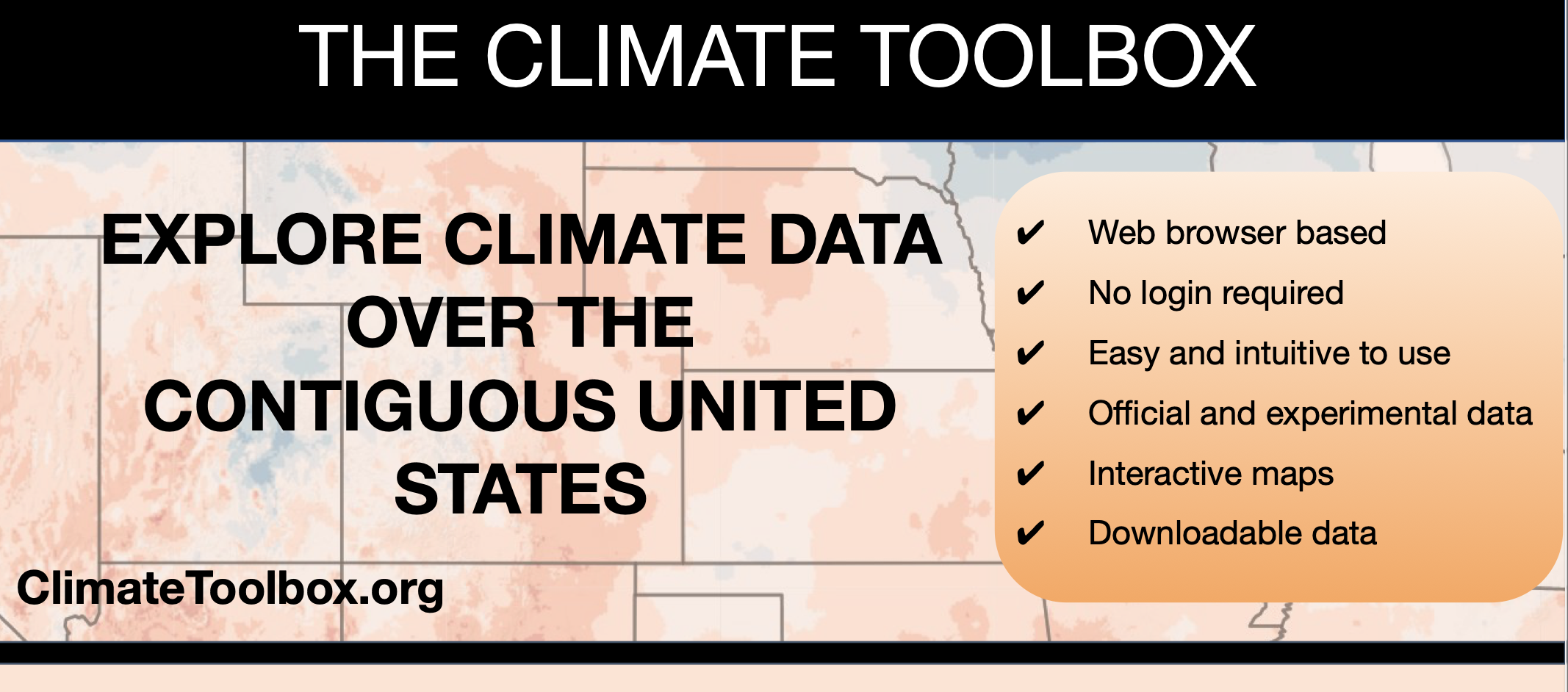The U.S. Fish and Wildlife Service (FWS), a bureau within the U.S. Department of the Interior, is dedicated to the conservation, protection, and enhancement of natural resources for the American public, focused on fish, wildlife and plants, and their habitats. It is a critical stakeholder and partner for the North Central Climate Adaptation Science Center (NC CASC) which focuses on delivering climate science important for land and resource managers to make timely conservation decisions in a changing environment. For the last 5 years, NC CASC has been collaborating with biologists in the FWS Region 6 to inform best practices for applying future climate projections to species assessment (e.g., scenario-based assessment), and have developed quantitative information and webtools to support about a dozen species assessments.
Alexandra Kasdin, a species assessment team project manager at FWS works on the development of species status assessments (SSAs) and crafts regulatory documents pertaining to listings under the Endangered Species Act. She has worked on SSAs for the Colorado hookless cactus, white-bark pine, and the Grizzly bear amongst many others. She found partnering with NC CASC scientists extremely helpful , especially when using the online Climate Toolbox, which generates customized climate data and future projections from dozens of climate models. Dr. Imtiaz Rangwala, scientist at the NC CASC, has been helpful in “identifying the climate models that might be most reliable and illustrative in capturing the ranges of plausible future climate conditions that species could experience,” she says. Rangwala has also been instrumental in helping FWS “translate the needs and life history characteristics of species into specific climate variables relevant to consider”. For example, plants require moisture, thus Kasdin sees water deficit as a useful metric, more informative in characterizing future conditions than, for example, precipitation or temperature within the Climate Toolbox.
A biologist at the Montana Ecological Services Field Office, Karen Newlon has been with FWS for nearly 7 years. Examples of SSAs she has taken part in include the white-bark pine and white-tailed prairie dog. When asked about the value of partnering with NC CASC scientists, she says that in addition to assisting her in species assessments, it “has allowed me to help other FWS biologists when they are developing future scenarios for SSAs.” But she also recognizes a further need for assistance with understanding of the climate tools already available and how to interpret the information that comes from them.
John Guinotte, spatial ecologist with FWS for the last 5 years, agrees with Kasdin and Newlon, stating that working with the NC CASC “has been key to helping us with the future condition sections of SSAs with respect to climate change.” He states that resources like the Climate Toolbox are used regularly by the Fish and Wildlife Service. He looks forward to V2 (the updated version) with more visualization tools and its capabilities of generating more of “the climate metrics we need” when it comes to forecasting future spatiotemporal changes in areas most sensitive to climate change.
This collaboration between FWS and the NC CASC demonstrates the strength of long-term partnerships. Lessons learned from this type of engagement can be usefully applied to other stakeholder-led projects. NC CASC climate services improve through co-produced science, assessing with stakeholders how to integrate the best scientific understanding into biological impact assessments and improving the decision-making needed for climate adaptation.


